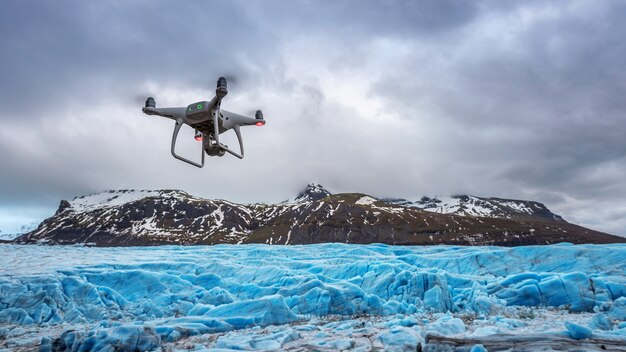
Sponsored article
With the evolution of technology, our world is continually being reshaped and redefined. At the forefront of this technological revolution are Unmanned Aerial Vehicles (UAVs). These globally recognized marvels have not only transformed the notion of automation but are also revolutionising a multitude of sectors, ranging from surveillance and logistics to disaster management. This article aims to unravel the varied ways in which UAVs are being utilized, enhancing our ways of living and leading to a more technologically advanced future.
Unmanned Aerial Vehicles (UAVs) are excelling as potent tools in advanced surveillance, fostering significant changes in security technology. These sophisticated machines have completely transformed the landscape of digital monitoring, opening up possibilities beyond traditional methods. From tracking illegal activities to enforcing border controls, UAVs are employed for their remarkable capabilities in rendering high-definition, real-time feed. The precision and reliability of these systems also make them vital assets in search and rescue missions. The exceptional technology incorporated in these UAVs, or more precisely, uav drone, has made remarkable strides in enhancing our security and surveillance operations.
In the realm of logistics and delivery, UAVs (Unmanned Aerial Vehicles) are spearheading a revolution. As pivotal tech innovations, these airborne automatons are reconfiguring transport and logistics through unprecedented speed and efficiency improvements. The automation, brought about by these UAVs, has the potential to dramatically streamline the delivery process for various sectors. Whether it’s shipping products directly to consumers in record timeframes or ensuring time-sensitive medical supplies reach those in need, UAVs are infusing a level of agility and precision to logistics like never before, ultimately transforming the sector on a global scale.
As our world takes on the unpredictable forces of nature, the role of UAVs in disaster management has become significantly paramount. UAVs, Unmanned Aerial Vehicles, have revolutionized the terrain of emergency response and relief operations. They act as the eyes in the sky, delivering instant visual intelligence, making them indispensable during natural and man-made disasters. The unique vantage point that these UAVs provide helps in quick and precise assessment of the extent of damage, in mapping evacuation routes, and in continuous monitoring of evolving situations. Their robust and versatile nature offers safe and efficient means to distribute aid and rescue stranded victims. Indeed, UAVs are transforming disaster management, reducing risks and increasing efficiency in response times, proving to be an undeniable game-changer in relief operations.